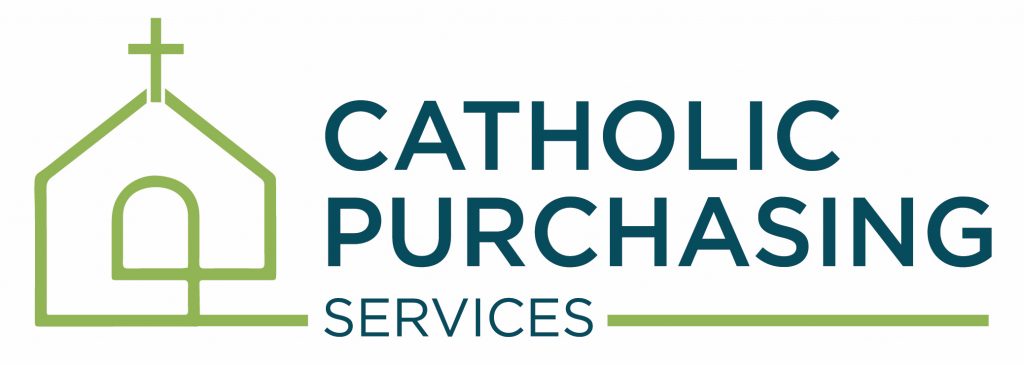School administration must create a healthy and safe school environment for students and staff alike. Germs tend to spread more easily during winter in a school environment because the weather forces both students and staff to stay indoors. When the learning environment is clean, it enhances productivity and limits the spread of harmful germs. During the winter, schools have to take extra precautions, especially since that’s the time when the flu season hits its peaks. Schools must clean and disinfect their environment to keep everyone safe and minimize disruptions in the learning process. Take a look at some of the approaches that can be applied in properly cleaning schools during the winter season.
Know that Cleaning, Disinfecting, and Sanitizing are Different Methods
Cleaning is not necessarily a germ killer, but rather minimizes the number of germs and lowers the risk of one infection or another. It helps with the removal of impurities, dirt, and germs from different objects and surfaces. Typically when cleaning, soap or detergent is used as the primary cleaning agent, added to water to make the cleaning solution. On the other hand, disinfecting kills germs and doesn’t necessarily clean surfaces. It often employs the use of chemicals to do so and reduces the risk of spreading infection. Sanitizing reduces the number of germs to a safe level, often determined by public health standards or requirements. This process works by either cleaning or disinfecting surfaces or objects to lower the risk of spreading infection.
Clean and disinfect Frequently Touched Surfaces
Routine cleaning and disinfecting generally fall under a school’s standard procedures and it’s best practice to adhere to the requirement. This usually involved sanitizing and/or disinfecting frequently touched surfaces/objects daily, including keyboards, doorknobs, toys, desks, phones, etc. School bathrooms are spaces that are required to be disinfected. Visibly soiled surfaces must be cleaned, and bodily fluids must be immediately cleaned up with care taken to wear gloves to minimize contact. Disinfection should follow after cleaning the surface.
Routine cleaning and disinfecting are necessary to kill germs, like the flu virus, which can live on surfaces for up to 48 hours.
Use Cleaning and Disinfectant Products Safely
It’s crucial to stick to the manufacturer’s instructions on how to safely use their cleaning and disinfectant products. Adhere to the hazard warnings as well as the directions outlined on each product label. Some products require the use of protective gear like gloves and eyewear. For instance, when working with bleach solutions, a product label may instruct that gloves should be worn. A common warning is not mixing products – cleansers, and disinfectants – which can cause serious health issues and the worst outcome can be death. Unless it’s stated on the label that it’s safe to do so, do not mix products.
Properly Handle Waste at All Times
If your school has established standard procedures for handling waste, follow them to the letter. It’s for your safety as well as others. Gloves up if required. Disposable items used to clean and disinfect surfaces should be thrown away in the proper receptacle immediately after use. When emptying trash bins, be mindful not to touch waste items like used tissues, and immediately wash your hands with soap and water after completing the disposal of the waste.
Having a clean, healthy, and safe school environment is crucial and Catholic Purchasing Services can help you with all your cleaning and disinfecting services. We can help take the hassle out of cleaning while ensuring that proper care and standard procedures are adhered to in making your school environment germ-free.
